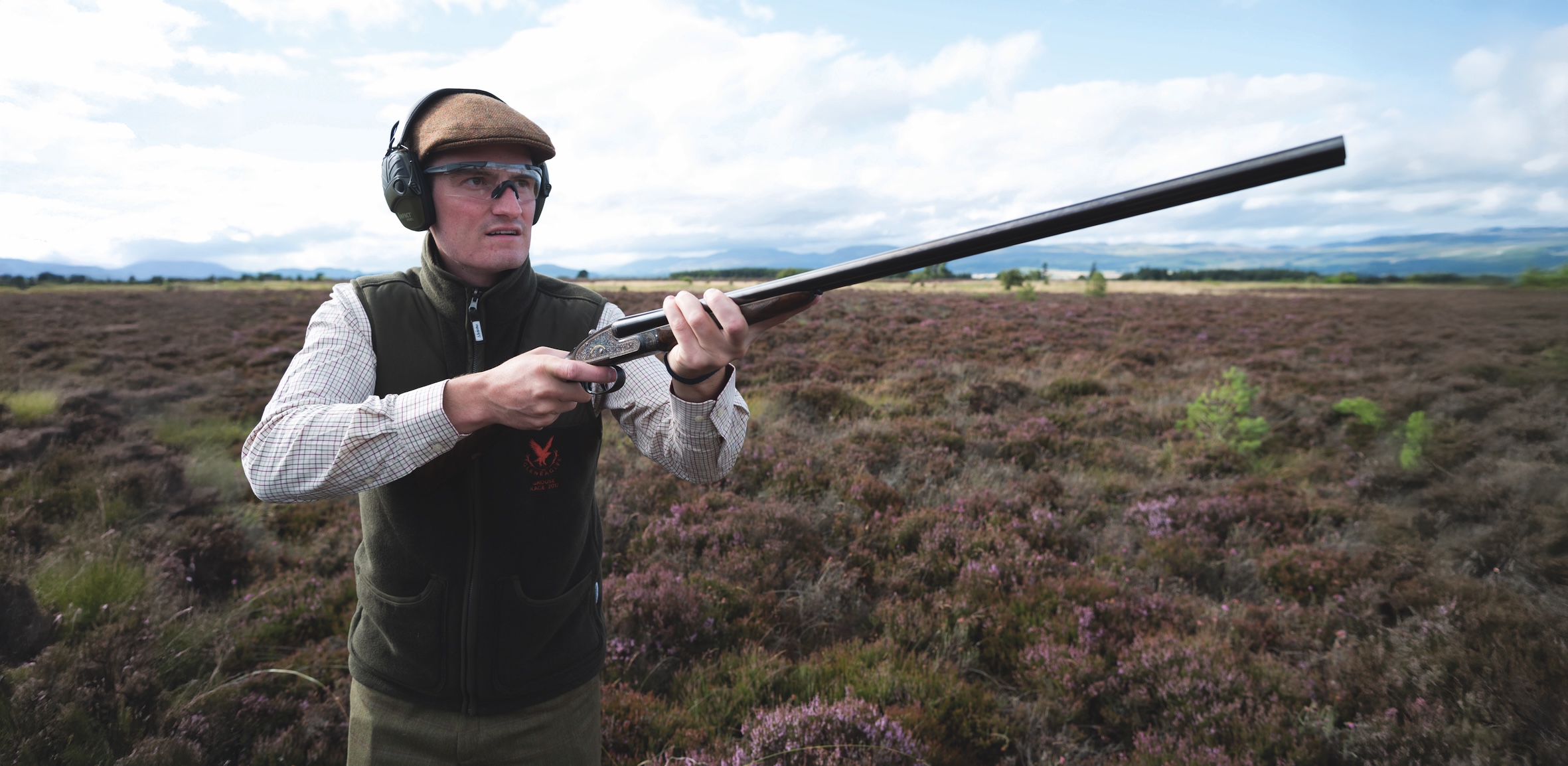Cleaning & gun care
Diggory Hadoke writes…
Diggory Hadoke writes…
We all have guns and most of us take them out in the rain and the mud and expose them to a pretty hard life. However, they were built for this life; if cared for, your guns should be good for decades to come and the key is proper maintenance.
The bores
The internal bores of new guns take little to keep in good fettle. The steel is hard and some are even chrome lined. Added to this, modern ammunition is far less corrosive that it used to be. Older guns may have seen various changes, including lapping to remove pits and may bear some scars. One reason that so many fine old guns were consigned to the scrap heap was the presence of corrosive chemicals in percussion caps. Early percussion caps and those used in cartridge primers used potassium chlorate as an ingredient and left chloride deposits in the bores. Fulminate of mercury was also corrosive. If not thoroughly cleaned, these deposits would quickly form rust and this led to pitting in the barrels, which, if left unattended, would destroy them. Modern ammunition is much more ‘friendly’ but it is important to maintain a clean bore to prevent damage and to minimise the progress of any flaws the barrels may have. Always clean the bores as soon as getting the gun home. If the deposits in the barrel sit there they will attract moisture and rust will set-in quickly. First, push kitchen roll (it is very cheap and does the job well) down the barrels to remove fouling, then ‘four-by-two’ or patches soaked in oil, rubbing until they appear clean. Then scrub with a phosphor-bronze brush and repeat with patches again until they show clean. Finally use a dry patch to remove excess oil. And then push an oiled mop through to provide a protective film in the bore. Remember to push a dry patch through before you next use the gun: oil in the bore adds extra pressure when you fire the next shot.
External
After a day’s shooting, wipe away any mud or blood with a damp cloth and then press a paper kitchen-towel over the metal parts to absorb any moisture. Remember to run this down the sides of the rib. Remove the extractors byreleasing the stop pin and pulling them out. Use a pipe cleaner, cotton bud or paper towel to clean out the recess. Then put the barrels, sans forend, on the top of a radiator to toast nicely overnight. When dry, rub with a lightly oiled cloth and avoid touching the metal with your hands when you put the gun away. Likewise, rub the metal furniture and action with a silicone or oil-impregnated cloth but do not leave visible oil on the metal parts. This is a good time to give the whole gun a close visual inspection: make sure none of the pins (screws) are loose and check for dents, scratches, cracks, bruises as well as for any nooks and crannies with a build-up of dirt or old oil.
Oiling
Some parts of the gun require a light application of oil to reduce wear from friction. These include the bearing surfaces on the lumps, hook and knuckle. Oil can be applied with a feather, as this ensures only a light application in a measured way. Feathers are also excellent for cleaning-out holes and recesses otherwise hard to access.
Wood
Gun oil must not be allowed to come into contact with the wood. If necessary, a little linseed oil can be rubbed into the wood with the palm of the hand. An oil-finished stock requires no other real maintenance.
Oil damage
Many fine guns have been damaged by over zealous oiling. Typically, an owner thinks of his gun as a bicycle and a squirt of oil in the striker holes is thought to be a good idea. Unfortunately, this oil will soak into the head of the stock, causing it to darken and become spongy and unsound. After some time, the gun will become loose and eventually it will need re-stocking. Guns require very littleoil.If the bores are oily and the gun stored ‘muzzles up’, oil will run into the striker holes and thence into the wood. Storing your gun ‘muzzle down’ avoids this damage. In any case, clean out any visible oil from the bores before storing the gun.
More info
For full details of stripping and reassembly of common gun actions, Mills & Barnes’ Amateur Gunsmithing provides a step-by-step guide that is easy to follow and definitely worth reading if you can get hold of a copy.The key thing to remember about gun maintenance is that a little action immediately after shooting saves a great deal of expense and repair at a later date.





